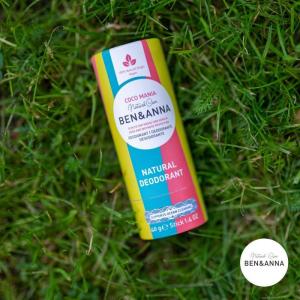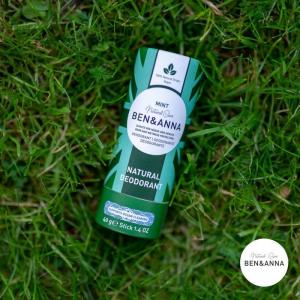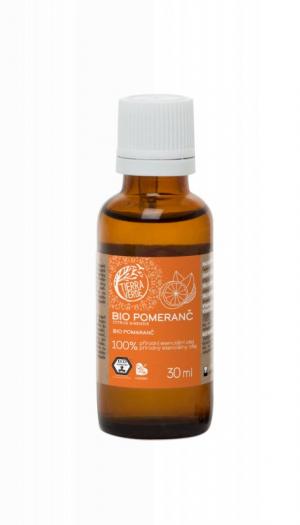Tolita medical (Vincetoxicum hirundinaria)
Other names: Vincetoxicum officinale, Asclepias vincetoxicum, Antitoxicum officinale, Cynanchus vincetoxicum
Harm score: 1 (Natural substances)
Tolita officinata, also known by the names Vincetoxicum officinale, Asclepias vincetoxicum, Antitoxicum officinale or Cynanchus vincetoxicum, is a species of plant belonging to the toadflax family. This perennial herb is widespread in Europe and western Asia and prefers light woodland, scrub or grassy slopes. Tolita officinalis grows up to 100 cm tall and, depending on conditions and age, has a woody rhizome, a simple or branched stem and simple alternate leaves. The distinctive feature of the plant is its small yellowish flowers with five spikes, which appear from May to July. One of the poisonous alkaloids it contains is alpha-peroxyachifolide.
Tolita officinalis is mainly used in homeopathy, where it is known as Vincetoxicum. It is favoured for its anti-inflammatory, diuretic and laxative effects. It is also used to treat headaches, migraines, coughs and various types of allergies. In the past, it has been used to treat injuries and skin problems such as eczema. It is important to note that although tolita medicinal has medicinal benefits, it still contains poisonous substances, especially in the seeds, and consuming it can be dangerous for some people. This is why it is important that products containing tolita officinalis are taken under the supervision of a qualified professional. Currently, tolita is also used in cosmetics, where it is used for its anti-inflammatory and moisturising properties.
You won't find this substance in our products. Try the natural, chemical-free products in our range.

Solid deodorant (40 g) - Coconut
Product detail
Solid deodorant (40 g) - Mint
Product detail
Aroma oil Migraine 10ml
Product detail